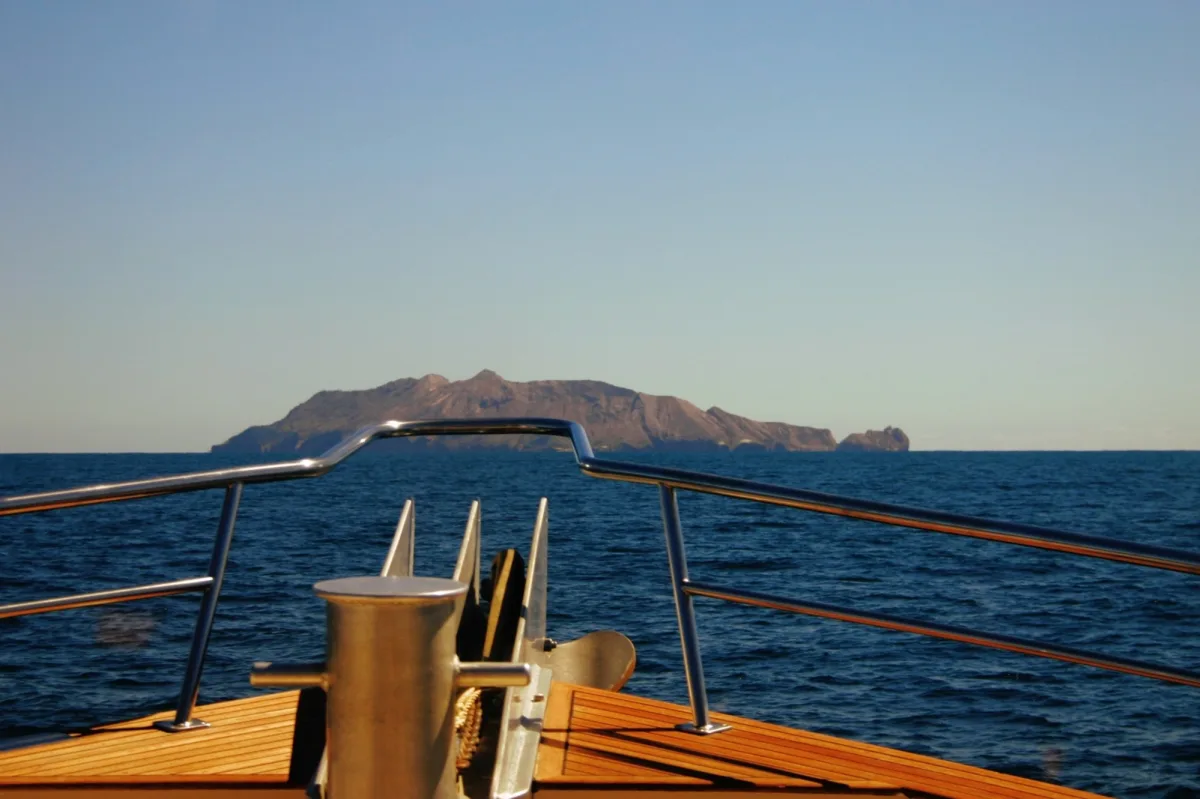
At Fora, we care about sustainable travel — a lot. (Check out our recently launched Book Better series to learn more.) As conscious travelers, we aim to book trips that are better for the world. A big part of this goal involves championing eco-friendly and sustainable travel — and yes, even when it comes to cruises and the cruise industry in general. (Also check out some of our favorite eco-friendly hotels.)
Cruises are having a moment. Luckily, there's a more eco-friendly way to do it. But what makes an eco-friendly cruise...eco friendly? And which cruise lines and ships should travelers support? Below, we share a few basic tenets of eco-friendly cruising, and highlight a few of our favorite cruise lines that are walking the talk.
Ready to set sail? Connect with Fora to plan and book your eco-friendly cruise today.
Eco-friendly cruises use better fuels

Image courtesy of Hurtigruten Group
Fossil fuel consumption should be top of mind. Most new cruises currently use a fuel called LNG, or liquefied natural gas, a type of methane. Although LNG helps reduce direct air pollution and carbon emissions, many engines nonetheless release unburned methane into the atmosphere. And ships that don't use LNG often use "scrubbers." These gas-cleaning systems reroute air pollution into the water, which harms marine life.
The International Council on Clean Transportation (ICCT) recommends that cruises stop using scrubbers, for one thing (marine gas oil is a better alternative). Ships should also prioritize non-methane alternative fuels. And the technology is rapidly expanding. The Norwegian cruise line Hurtigruten plans to sail its first emissions-free ship in 2030 (!).
Eco-friendly cruises properly dispose of waste

Cruises pack a lot of people — and produce a lot of waste, including sewage, food waste and greywater (old water from baths, showers, sinks, etc.). The environmental organization Friends of the Earth advises that ships should never dump waste within 24 nautical miles of coastline, and certainly never in a marine-protected area. Additionally, ships should have advanced wastewater treatment systems (AWTS), which prevent minimally treated sewage from getting dumped into the ocean.
The maxim “reduce, reuse and recycle” applies to cruises, too. Sustainable cruises implement common-sense practices we strive for in our own homes (reusable water bottles, recycling). And single-use plastics have thankfully gone out of style. You won’t find any single-use plastics on Virgin Voyages, for example.
Eco-friendly cruises embrace transparency

Cruises should set up systems that track their performance (emissions, waste discharge, energy efficiency, etc.), and share this data publicly. Ships should also have third-party monitors onboard that enforce any local or national environmental regulations. The Global Sustainable Tourism Council (GSTC) is a great resource. They are the global gold standard when it comes to validating and measuring sustainability claims.
Pro-tip: look at the flag that your ship sails under. The flag signifies the country a ship is registered in — and the rules it needs to follow regarding employment and other regulations (some countries are more stringent than others).
Eco-friendly cruises are great guests
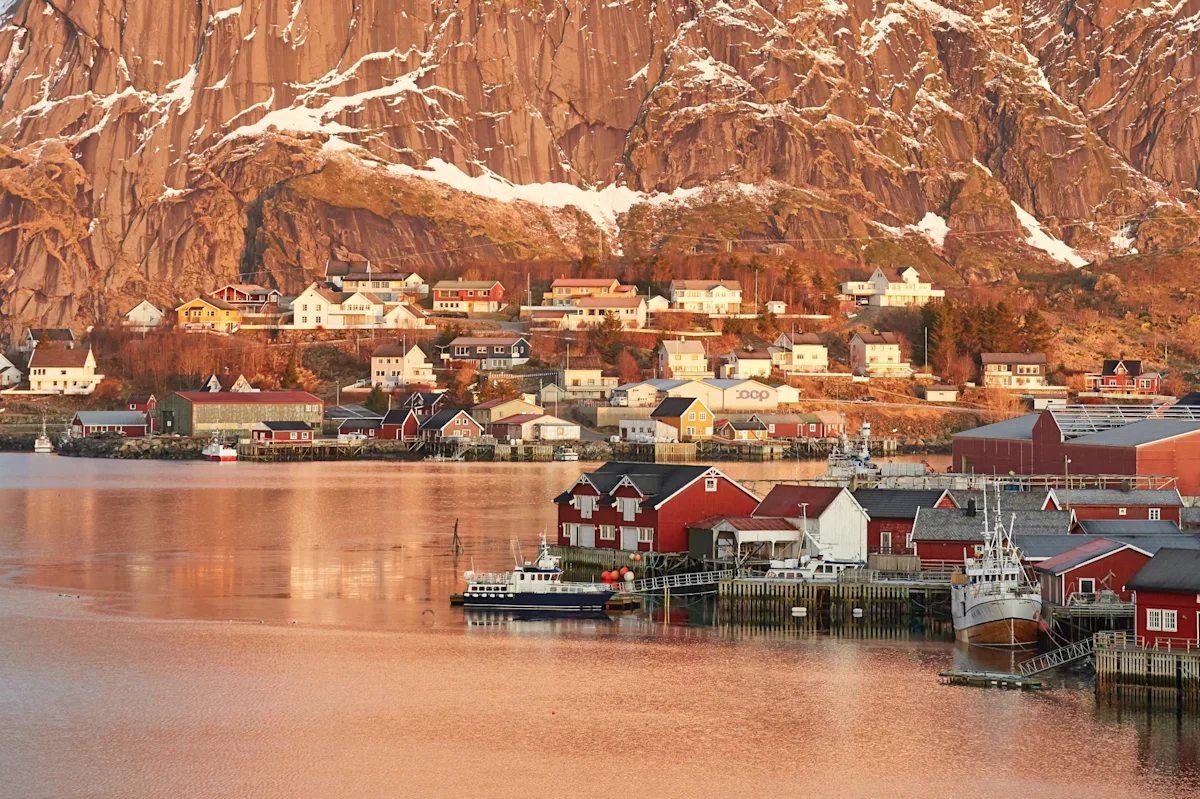
Think about how you would behave if someone invited you over for dinner. Cruise ships should act similarly when visiting other countries — or the ocean, for that matter. Garbage and recycling should be processed at home ports, not the ports of call, and tourists must be respectful of the land they explore. In geographically diverse areas, the less people, the better. (Environmentally friendly cruises never disturb delicate ecosystems.) Friends of the Earth also recommends slowing down within 25 miles of coastline, so as to "avoid sonic disturbance to sensitive coastal and marine wildlife."
Cruises are also notoriously….lacking when it comes to supporting the local economies and cultures of their ports of calls. But some lines are focusing on doing better. Royal Caribbean, for instance, has committed to working primarily with GSTC-certified tour operators (there’s more than 2,000 such operators offered across their fleet). Businesses that receive this stamp of approval deliver a high standard of socially and environmentally friendly experiences.
Generally speaking, smaller ships are the most eco-friendly
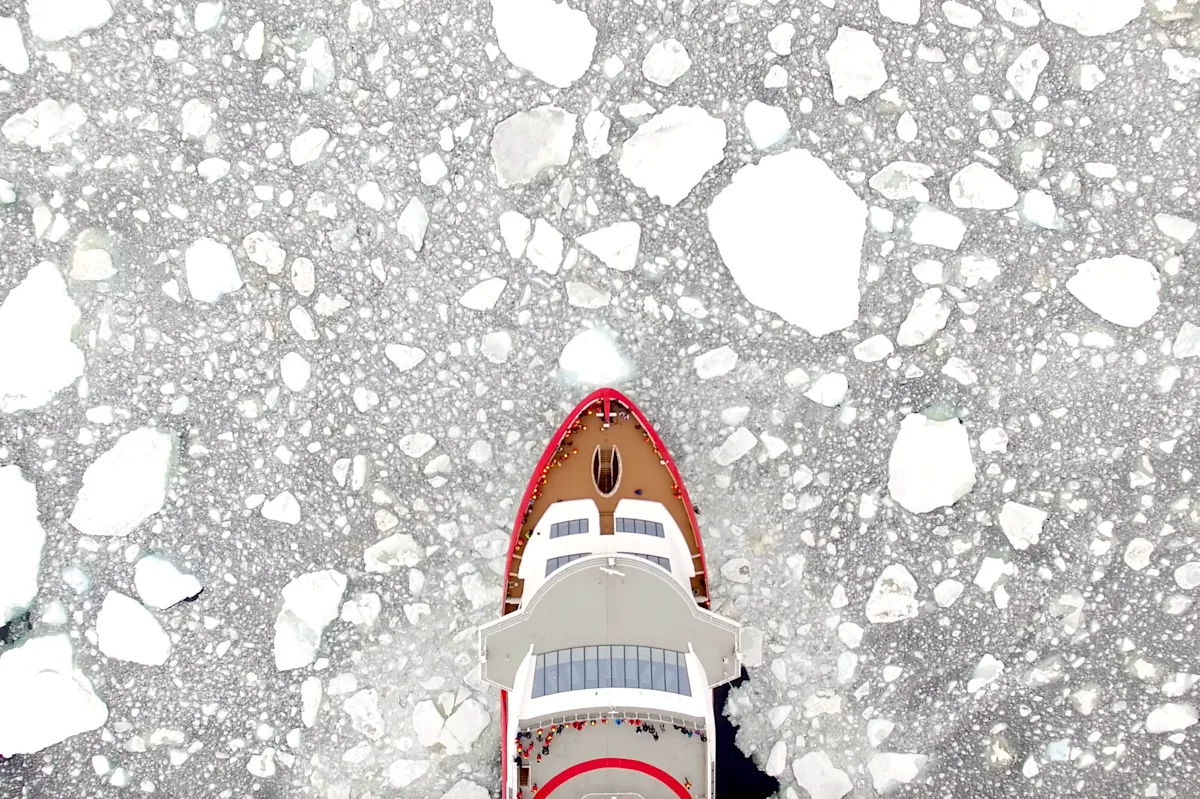
Image courtesy of Hurtigruten Group
The smaller the ship, the less people on board, the lower the carbon footprint — you get the idea. Smaller ships have more space to mind the details, like sustainably sourced food and beverages, or immersive shore excursions that support local economies.
River cruises and expedition cruises are fantastic options. These experiences are typically more destination focused, and many employ highly trained guides eager to reveal all the beauty a specific locale has to offer. On these cruises, guests have more opportunities to mindfully and respectfully immerse themselves in nature or a different culture.
A few of our favorite eco-friendly cruises
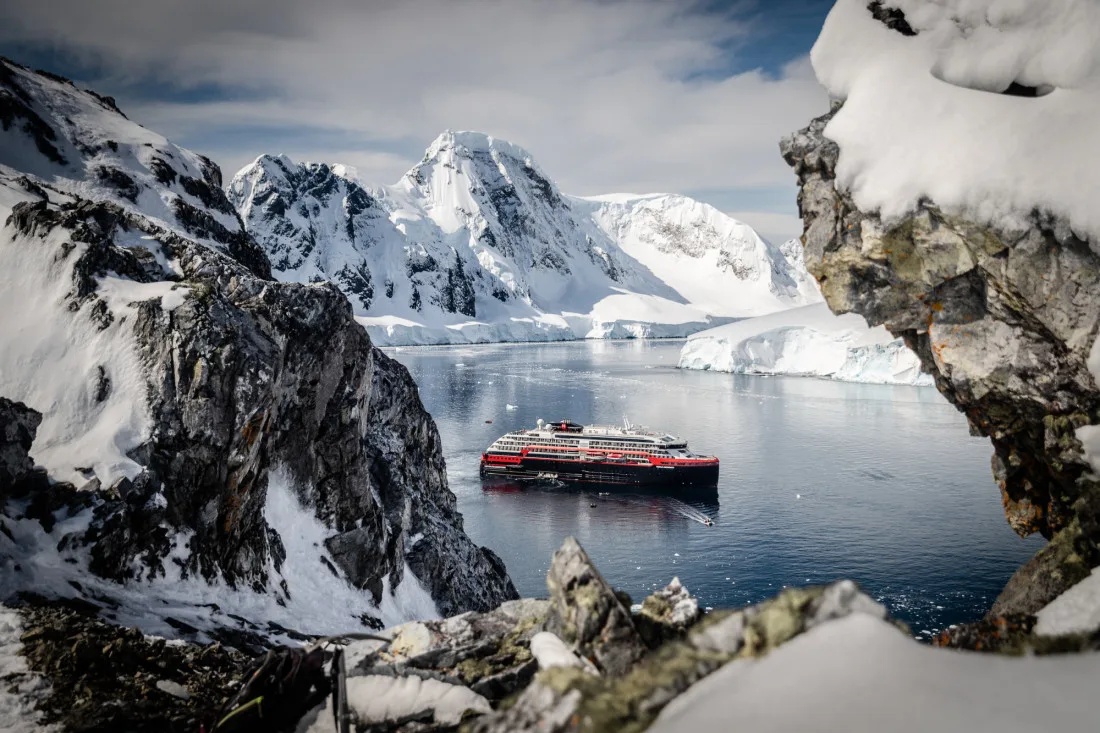
Image courtesy of Hurtigruten Group
This list is just a start. (A good rule of thumb: the smaller the cruise, the better it is for the environment.) Another great resource? Friends of the Earth's Cruise Report Card, which grades cruises and cruise lines based on many of the factors mentioned above.
Hurtigruten: the OG eco-friendly cruise
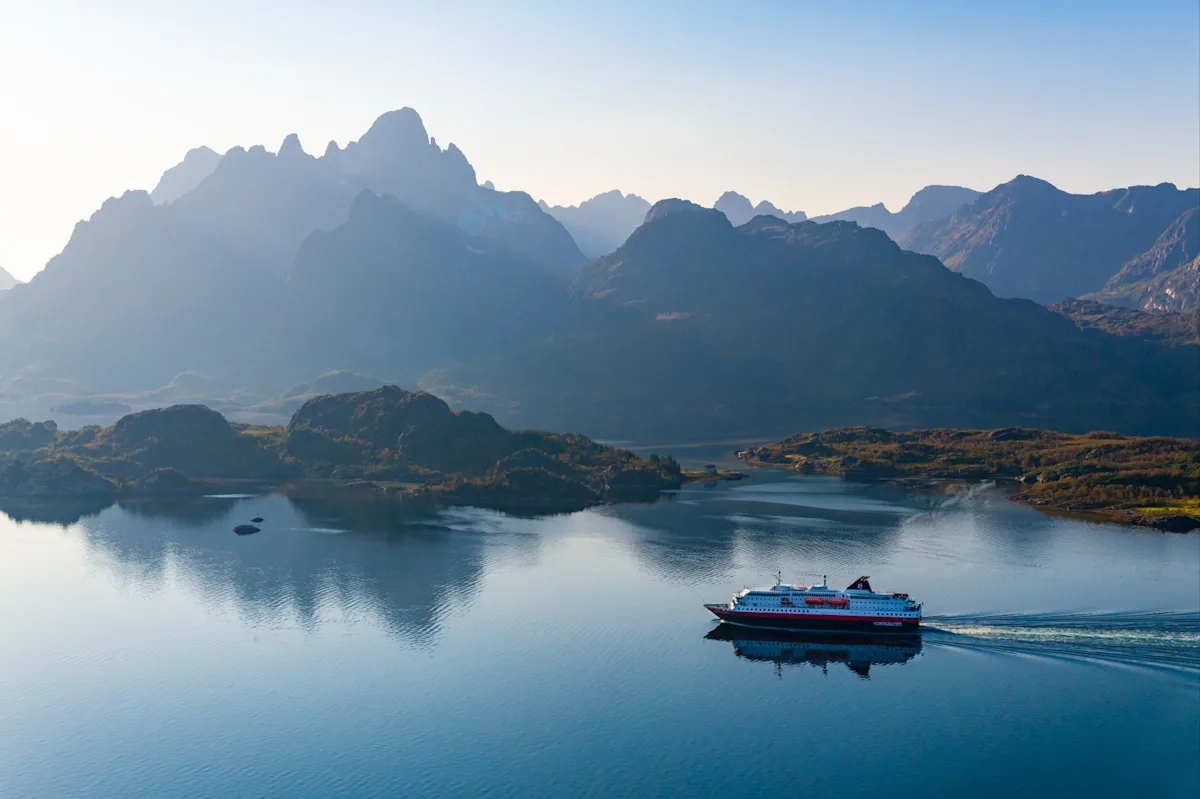
Image courtesy of Hurtigruten Group
The Norwegian cruise line Hurtigruten, which has been around for over a century, leads expedition cruises in several breathtaking locales around the world, including Norway, Antarctica, Greenland and the Galápagos Islands. They are actively working toward being a zero-emissions company, and began phasing in sustainable biofuels in 2021. In fact, Hurtigruten was the first cruise line to ban the use of heavy fuel oil, and the first to introduce battery-hybrid ships. The company is also refreshingly transparent about all of these endeavors. And we love how they work with local companies for shore excursions. (Hurtigruten is currently offering a special deal for travelers. See our May Exclusives roundup for the details.)
Lindblad Expeditions: a National Geographic partner

Lindblad's sustainability initiatives (responsibly sourced food, reusable water bottles, no single-use plastics) go beyond their eco-friendly expedition ships: they are a carbon-neutral company, after all. The company has raised over $19 million since 1997 to help support wildlife conservation, local communities, ocean health and more. They're big on education, too, and empower teachers, students, kids and travelers — anyone, really — with resources and programs that help us all become better stewards of the earth.
UnCruise Adventures: a small-ship champion of all things local
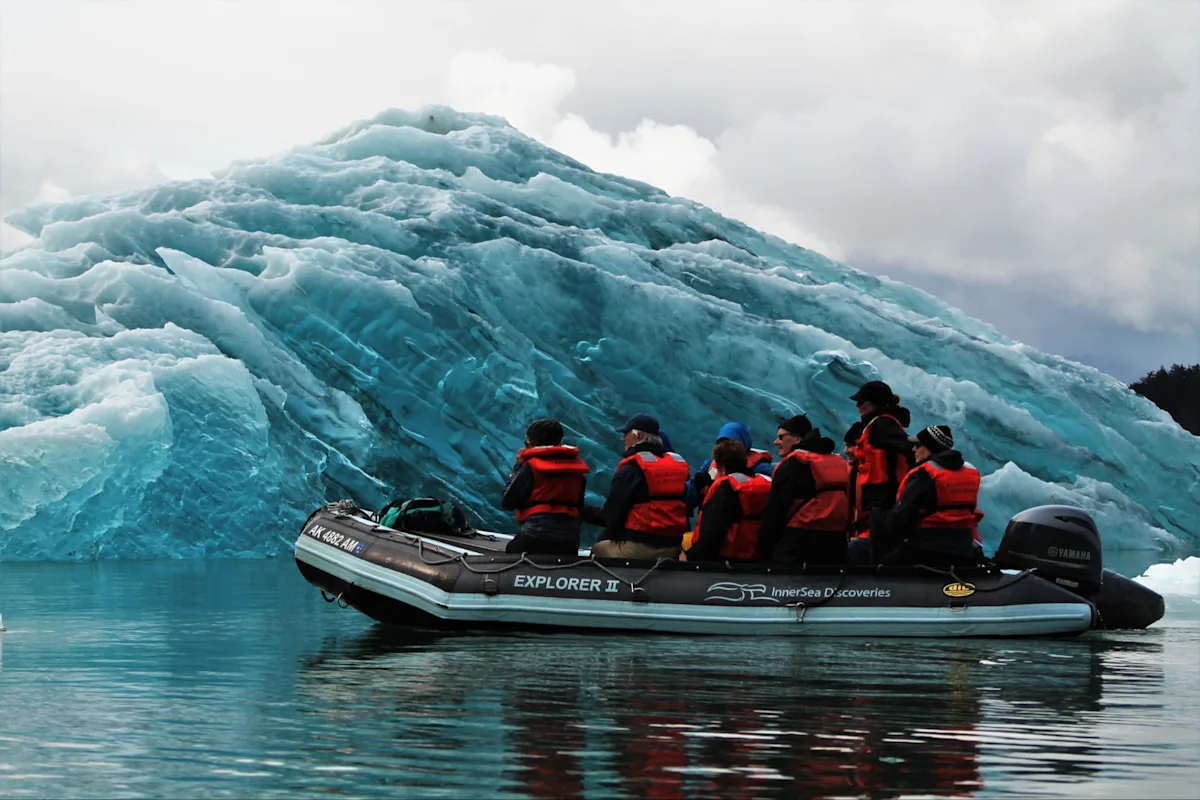
Image courtesy of UnCruise Adventures
This Alaska-based cruise company helps travelers get up close and personal with the natural environment. UnCruise adheres to a strict "leave no trace" approach to exploration, and limits group numbers to begin with, to leave as little a mark on the environment as possible. UnCruise also works diligently to support the communities in which they operate: food is sourced from local farmers and fisherman (they're the first passenger ship certified by Monterey Bay Aquarium's Seafood Watch), and locals are hired for any tours or presentations. (UnCruise also donates to these communities.) Plus, their ships feature sustainably minded amenities like eco-friendly bath products and bamboo bed linens.
The benefits of booking an eco-friendly cruise with a Fora Advisor
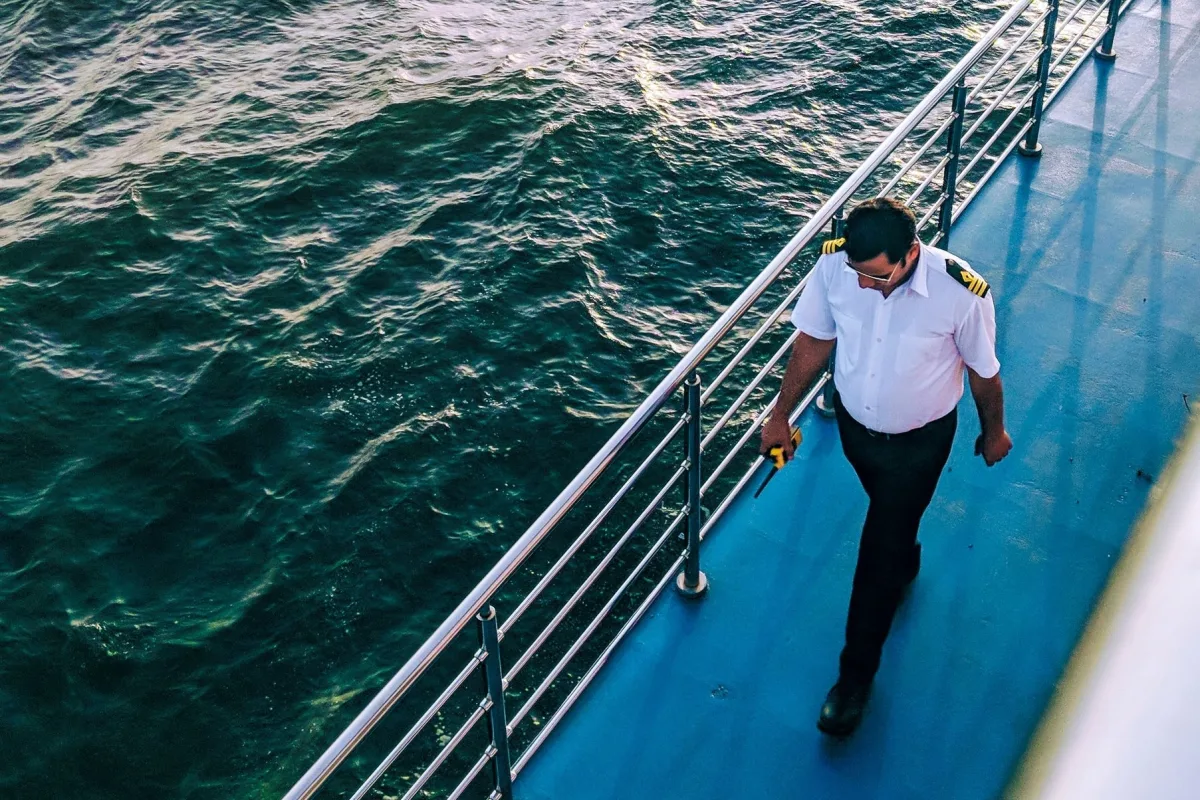
There’s a lot of information to consider. Luckily, a Fora Advisor can help. We work closely and directly with these cruise lines, and can help you book with confidence — ensuring you’re not signing up for a greenwashed experience. Plus, we train our advisors in sustainable travel, and equip them with the tools they need to book impactful trips that support travelers, the planet and eco-friendly partners putting in the work.
Ready to set sail? Connect with Fora, and we'll plan and book your eco-friendly cruise today.
